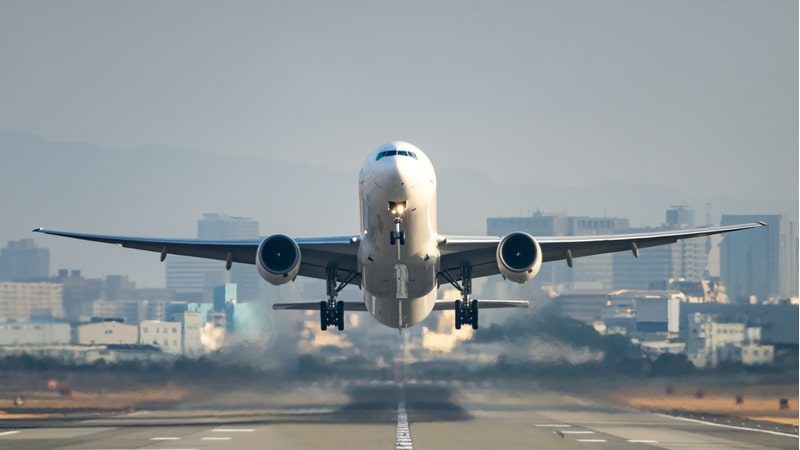
The Federal Aviation Administration’s (FAA) acting administrator said today that modernization work on the Notice to Air Missions (NOTAM) system is set to be complete by fiscal year 2025, but the agency is looking to accelerate that timeline.
“The nearly decade-long modernization work includes transitioning away from the legacy portion of the system,” Billy Nolen testified during a Senate Commerce, Science, and Transportation Committee hearing on Feb. 15. “We expect that a significant portion of the modernization work will be complete by mid-2025. We continue to assess the feasibility of accelerating the current schedule.”
This Senate panel hearing Wednesday was sparked by the FAA’s NOTAM system failure early last month – which resulted in the first nationwide ground stop since Sept. 11, 2001, and caused the delay and cancelation of thousands of flights.
The system outage was quickly attributed to a contractor who unintentionally deleted files, but this nationwide disruption left lawmakers concerned with the age of the legacy system – which dates back to the 1990s.
“We want to make sure a critical event, like what happened with our NOTAM system, also doesn’t happen,” said committee Chairwoman Maria Cantwell, D-Wash. “Our aviation infrastructure is critical to American safety and security, so we need to accelerate building a national airspace system for the 21st century.”
While the NOTAM malfunction is believed to have not been caused by malicious intent or a cyberattack, Nolen said today that the investigation is still ongoing. The FAA is working closely with its office of IT and technology, its security office, and several others to avoid a repeat of last month’s outage.
Since the NOTAM system failure, Nolen said the FAA has made some critical changes to mitigate flight disruptions stemming from agency database malfunctions in the future.
For example, Nolen said the NOTAM system will now have a one-hour synchronization delay from the main system to the backup. That means if bad data breaches the NOTAM database, the backup system will still function properly.
Additionally, Nolen said the FAA will now require oversight of at least one person when anyone is working on the system’s database, and more leadership will be present.
The senators seemed frustrated that the agency has thus far only implemented administrative tactics to address the unprecedented NOTAM outage, and not made any headway on the modernization side.
Due to the complexity of the overall national airspace system, modernization of NOTAM has been a long journey, Nolen said.
According to the committee members, Congress first funded FAA’s NOTAM modernization efforts in 2012 and has fully funded it every year since.
Nolen said the FAA has been using a 30-year-old system, called U.S. NOTAM, but after Congress funded the agency’s modernization efforts in the FAA Reauthorization Act of 2012, they brought on the Federal NOTAM system. Nolen said that 80 percent of users have shifted over to this newer system.
However, according to Nolen, 20 percent of critical users are still on the older U.S. NOTAM system – including the Defense Department and international partners. The agency hopes to completely move all users to the newer system by 2025.
“Having that funding there so that that ongoing work can be done, and where we have the capability and ability to, we want to be able to accelerate that,” Nolen said.
Policymakers are tasked with the responsibility of reauthorizing the FAA in this fiscal year. The current legislation that funds and gives capabilities to the agency will sunset on Sept. 30.
The FAA Reauthorization Act of 2023 will be a bipartisan, five-year reauthorization that will fund and give critical authorities to the agency.
With recent events – like the NOTAM outage and the Southwest debacle in December – lawmakers want to use this legislative opportunity to focus on the cybersecurity, innovation, and modernization of America’s aviation sector.
Last week the Senate committee held a similar hearing about Southwest, urging the commercial airline and the FAA to update their technologies. The House Transportation and Infrastructure Committee also kicked off their FAA reauthorization process last week, placing modernization at the forefront of its efforts.
